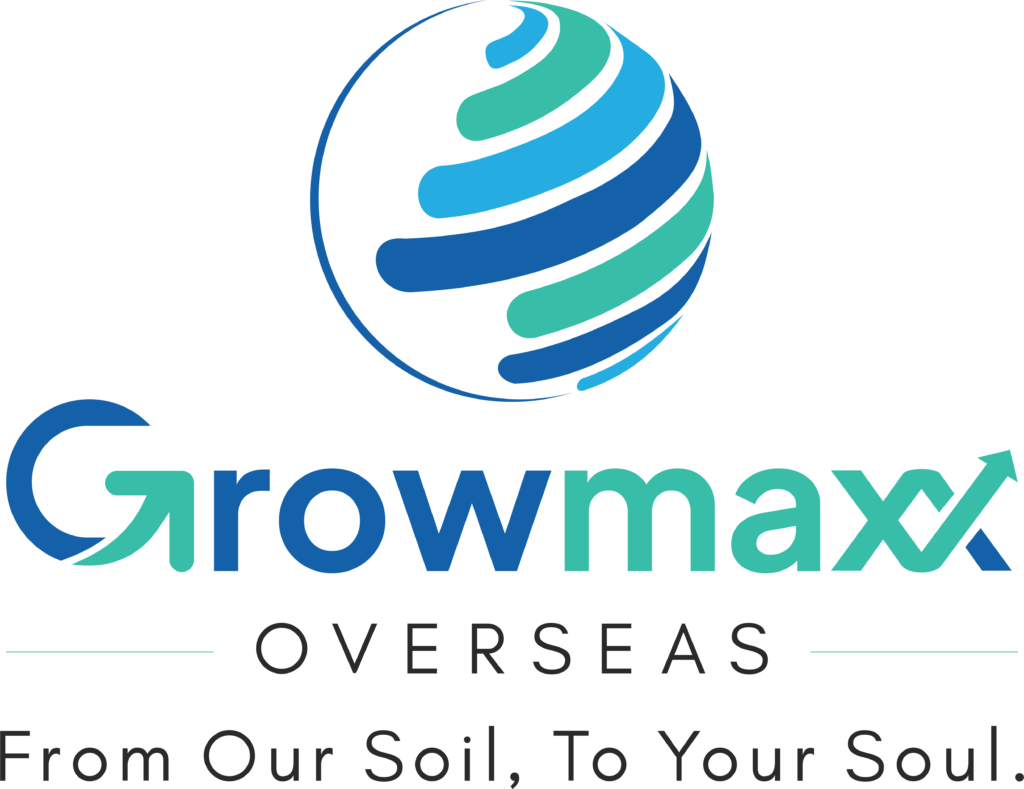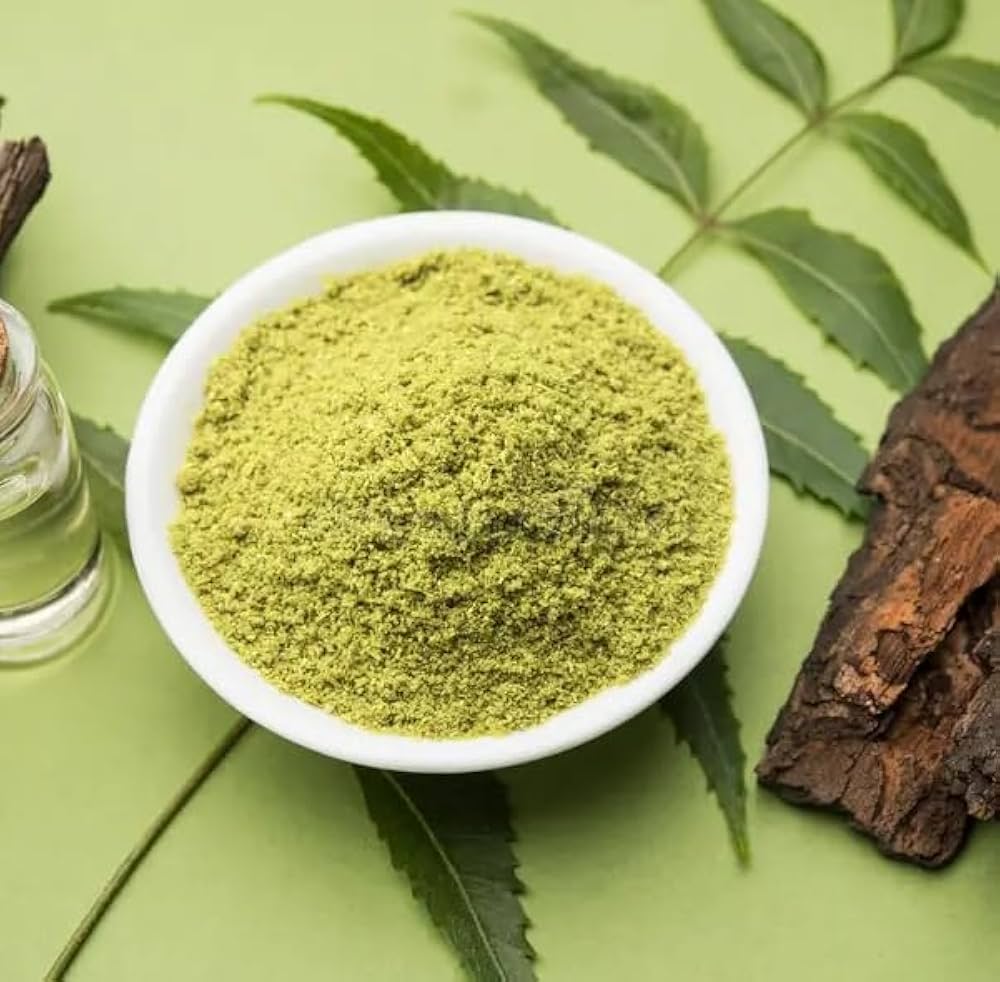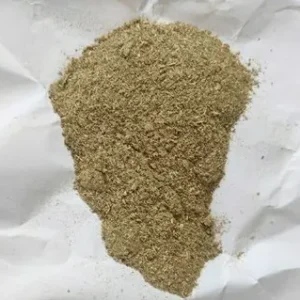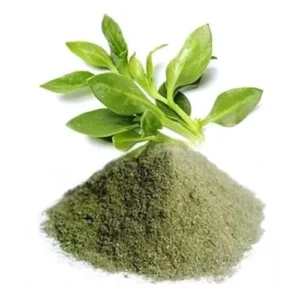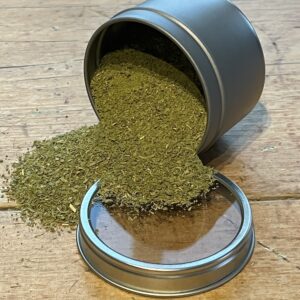Description
Common Names:
- Neem
- Indian Lilac
- Margosa
- Nimtree
Forms:
- Powdered Leaves: Ground dried leaves used in supplements and formulations.
- Extracts: Concentrated forms used in medicinal products.
- Oil: Extracted from seeds or leaves for use in various applications.
Origin:
- Native Region: Native to the Indian subcontinent and parts of Southeast Asia.
- Cultivation: Grown in tropical and subtropical regions around the world.
Nutritional and Chemical Composition:
- Active Compounds: Contains a range of bioactive compounds including azadirachtin, nimbin, and quercetin, which contribute to its health benefits.
Health Benefits:
- Skin Health: Known for its antimicrobial and anti-inflammatory properties, Neem powder is used to treat acne, eczema, and other skin conditions. It helps to cleanse and purify the skin.
- Oral Health: Used in dental care products for its antibacterial properties, which can help manage oral infections, reduce plaque, and maintain gum health.
- Digestive Health: Supports digestive health and may help alleviate gastrointestinal issues such as constipation and indigestion.
- Immune Support: Boosts the immune system and enhances the body’s ability to fight infections and diseases.
- Detoxification: Supports detoxification processes and helps in purifying the blood.
- Anti-inflammatory Effects: Contains compounds with anti-inflammatory properties that can benefit conditions related to inflammation.
Uses:
- Traditional Medicine: Widely used in Ayurvedic medicine and other traditional systems of medicine for its skin-healing, digestive-supporting, and immune-boosting properties.
- Dietary Supplements: Available in powdered form, often used in capsules, tablets, or mixed with other herbs in supplements.
- Herbal Remedies: Incorporated into various herbal formulations, teas, and topical products for its therapeutic benefits.
- Personal Care Products: Used in skincare and oral care products for its antimicrobial and anti-inflammatory properties.

